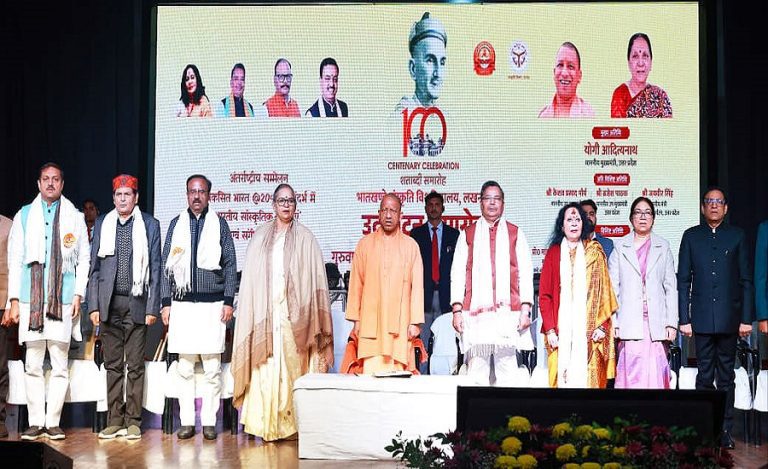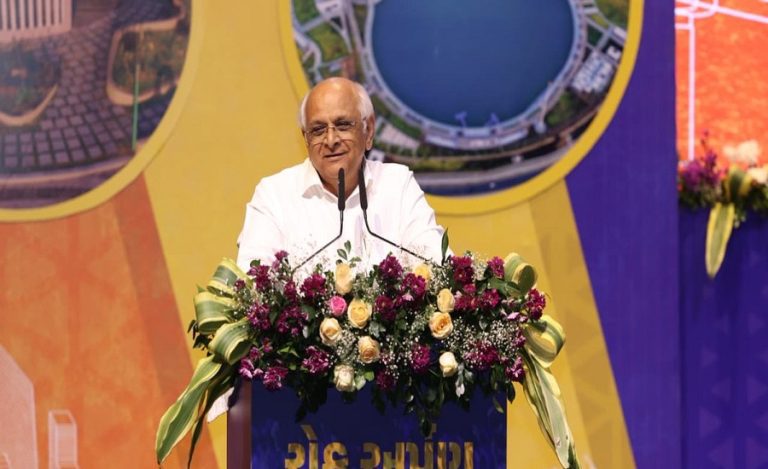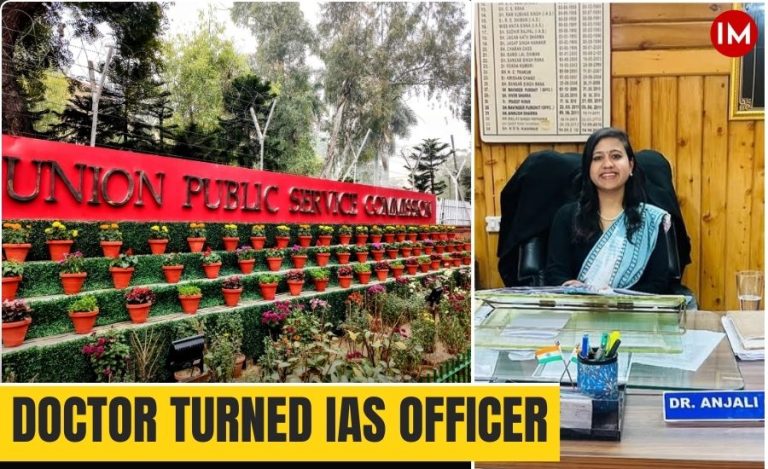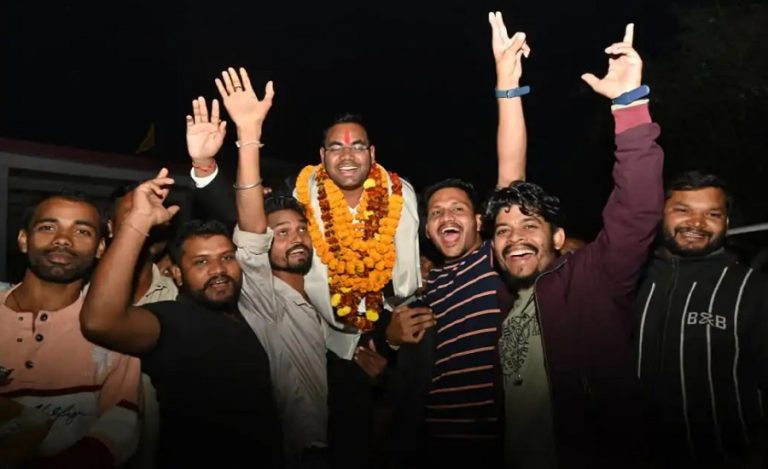The implementation of the Bihar Government’s Agriculture Roadmap has brought a dramatic transformation in fish production across the state. Fish production has surged from 2.68 lakh metric tonnes before 2005 to an impressive 8.73 lakh metric tonnes in 2023–24, marking a more than threefold increase over the past two decades.
As a result, Bihar now boasts an annual per capita fish availability of 6.64 kg. Last year alone, the state produced 5.93 lakh metric tonnes of fish, with 61.81 lakh fish seeds released into the Ganges and its tributaries to boost natural stock.
This growth is the outcome of various initiatives under the Agriculture Roadmap, including the Chief Minister’s Integrated Chaur Development Scheme, Reservoir Fisheries Development Scheme, and restoration of private ponds. Additionally, centrally sponsored schemes like the Pradhan Mantri Matsya Sampada Yojana and river restoration efforts in the Ganges ecosystem have significantly contributed to this growth. These schemes not only increased production but also generated employment.
Under the Chaur Development Scheme, 461 hectares of wetland areas have been developed for fish farming. Model-based ponds are being constructed in chaur-dominated districts, boosting productivity.
To support fish producers with proper market access, the state is also setting up 30 fish markets in selected blocks under the Chief Minister’s Fish Marketing Scheme. Advanced technologies such as Biofloc and Recirculating Aquaculture Systems (RAS) are being adopted, with 439 Biofloc and 15 RAS units already functional in the state.
Inspiring Success Stories:
Jyotsna Singh, a resident of Pura village in Shivajinagar block, Samastipur, has established a fish seed hatchery with support from the Fisheries Department. With a subsidy of Rs. 15 lakh in 2023, she not only became self-reliant but also provided employment to 20 others.
Sanjay Sahni from Kochi village in the same block has been earning Rs. 12–15 lakh annually by producing 15 tonnes of fish each year under the Chaur Development Scheme. His success has inspired farmers like Shyam Babu Yadav and Asharfi Sahni, who now earn Rs. 15–20 lakh annually through fish farming.
In Raypur village of Sarayganj block, residents including Lakshmi Sahni, Sheela Devi, Pramod Kumar Sahni, Rani Kumari, and Siti Devi are collectively farming over eight hectares of chaur land, producing 10–15 tonnes of fish annually and earning Rs. 13–18 lakh.
These stories reflect a broader trend of economic empowerment and livelihood improvement through fish farming in Bihar, positioning the state as a leader in inland aquaculture.



























